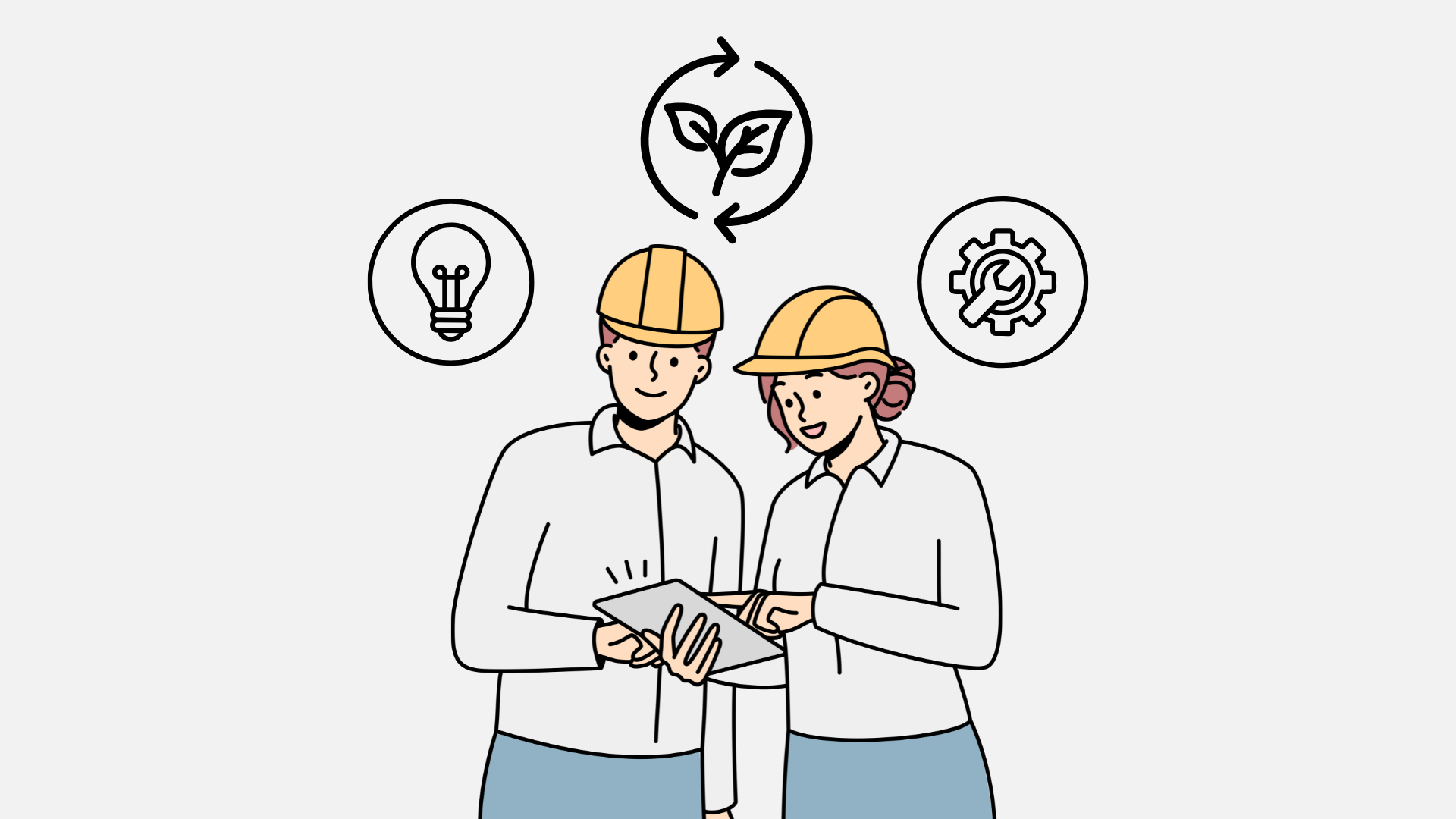In facility management, sustainability is the process of running and maintaining structures or frameworks to reduce their negative effects on the environment while enhancing productivity and occupant satisfaction.
This idea includes a number of tactics meant to lower the environmental impact over the course of a building’s existence.
Given Malaysia’s environmental issues and aspirations for economic development, it is becoming more and more important to incorporate sustainability into facility management.
Malaysia Beyond 2025: This document outlines the country’s broader aspirations for a sustainable and progressive society, encompassing economic, social, and environmental goals. It emphasises inclusivity and a “healthier planet.” You can find the full document here: Malaysia Beyond 2025: A Sustainable and Progressive Society
Current issues of sustainability in Malaysia’s facility management
- High energy consumption: Malaysian buildings, particularly older ones, often have inefficient energy systems, leading to high energy consumption and greenhouse gas emissions. According to the Malaysia Green Building Council, buildings consume about 40% of the country’s total energy [source: https://mgbc.org.my/green-buildings/].
- Excessive water usage: High water consumption in buildings, especially in commercial and industrial sectors, puts a strain on water resources.
- Waste management: Inadequate waste management practices, such as improper segregation and disposal, contribute to environmental pollution and landfill issues.
- Paper-based operations: Many Malaysian facility management companies still rely on traditional paper-based systems for daily operations like maintenance records, work orders, and tenant complaints, which leads to unnecessary paper waste and inefficient document management.
- Lack of awareness: Limited awareness among building occupants and FM professionals about sustainable practices and their benefits.
Sustainability focus for Malaysian facility managers
Energy Efficiency: Reduce, Conserve and Replace
- Implementing an energy-efficient lighting system and utilising LED lighting and smart lighting controls can significantly reduce energy consumption.
- Optimising HVAC systems by regular maintenance, upgrading to energy-efficient equipment, and implementing building automation systems can improve energy efficiency.
- Keep on using optimal thermal comfort temperature control for offices at 23.5 degrees Celsius.
- Encourage renewable energy sources by exploring the use of solar panels and other renewable energy sources to reduce reliance on fossil fuels.
Water Conservation: Reduce and Recycle
- Installing low-flow fixtures by implementing water-efficient fixtures such as low-flow toilets, faucets, and showerheads.
- Collecting rainwater and harvesting rainwater for non-potable uses such as irrigation and toilet flushing.
- Implementing water-efficient landscaping by choosing drought-tolerant/native plants and optimising irrigation systems.
Waste Management: Reduce, Reuse and Recycle
- Implementing waste segregation programs and encouraging proper waste segregation at source to facilitate recycling and composting.
- Promoting waste reduction initiatives with implementing strategies to minimise waste generation, such as reducing/eliminating single-use plastics and promoting the use of reusable items.
- Empower policies where recycling, separation at source, and elimination of plastic usage in the facility.
Going digital with Facilities Management: Paperless and Digital
- The era of pen-and-paper facilities management is over. To remain competitive and achieve ambitious sustainability targets, Malaysian FMs must fully embrace digital transformation.
- This means implementing digital platforms for asset management, maintenance scheduling, energy monitoring, and other core functions.
- By eliminating paper-based processes, FMs can unlock significant efficiencies, improve data accessibility, and drive more effective sustainability initiatives.
Empowerment and Raising Awareness: Knowledge and Collaborations
- Conducting training programs and organising workshops and seminars to educate not only the FM team but building occupants about sustainable practices.
- Running awareness campaigns and implementing campaigns to raise awareness about the importance of sustainability in the built environment.
- Promoting green certifications and encouraging building owners and managers to pursue green building certifications such as Green Building Index (GBI) Malaysia.
Next step for facility managers
- Start with an environmental audit of your building.
- Set clear sustainability goals.
- Train team members in sustainable practices.
- Create a database to track baseline data and progress.
- Monitor and measure results via a digital platform such as FOX.
- Starts to plan for fully digital operations for facilities management.
- Share success stories with other facility managers.
Conclusion
Being environmentally friendly is only one aspect of sustainability in Malaysian facility management; it also helps facilities operate more efficiently and save money. Even though there may be significant upfront expenditures, adopting sustainable practices is worthwhile in the long run.
In order to make Malaysian buildings more sustainable in the long run, facility managers are essential. To learn more about green building certifications in Malaysia, visit the Green Building Index (GBI) Malaysia website.
